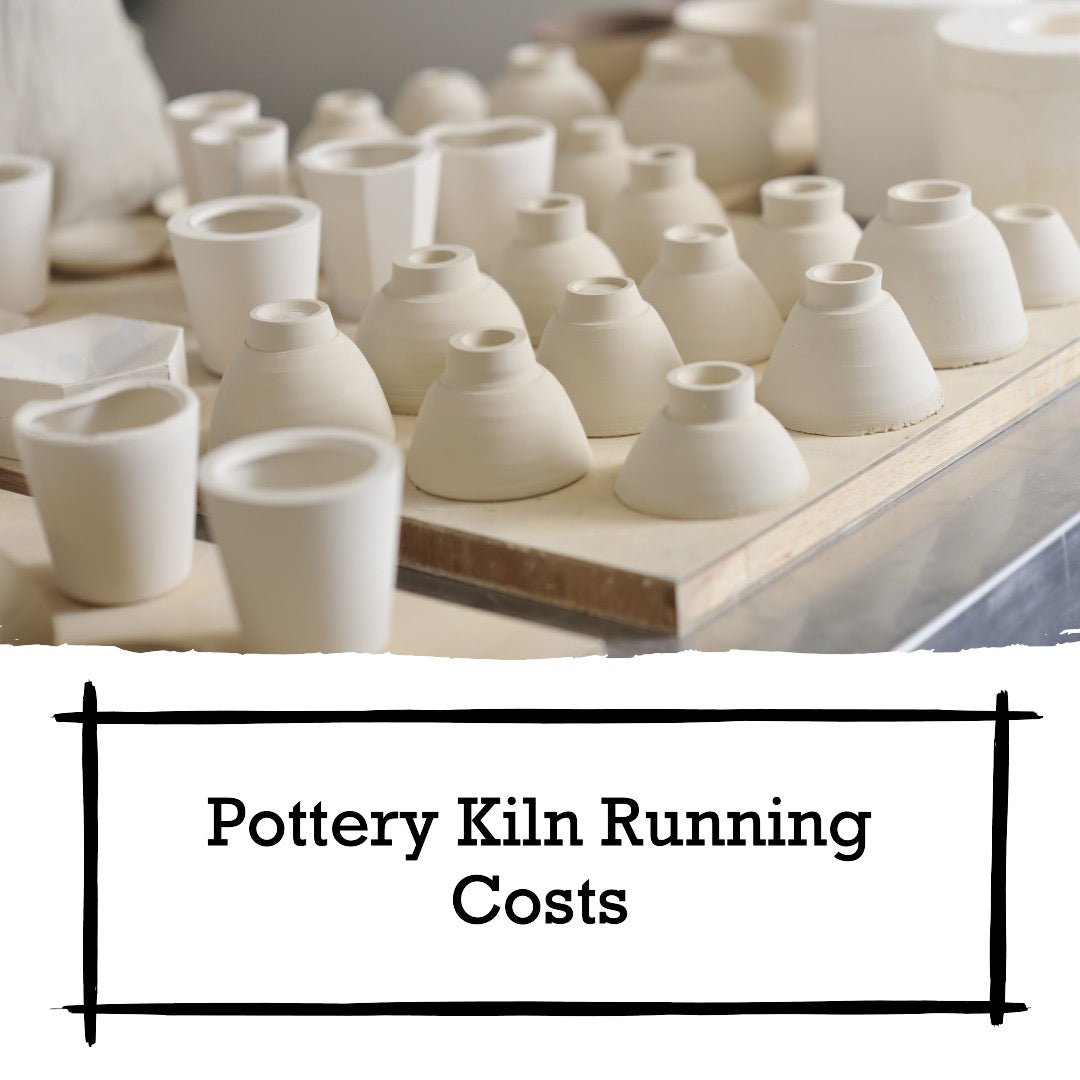
How much does it cost to run a pottery kiln in the UK?
Unveiling the Costs: Running an Electric Pottery Kiln in the UK
Pottery is an art form as old as civilization itself, and it's currently enjoying a renaissance among crafters and artists in the UK. One of the critical elements of pottery making is the kiln, a specialized oven used for firing clay pieces. With the advent of electric kilns, the process has become more accessible than ever, but what does it cost to run one of these marvels of modern craftsmanship? In this blog post, we’ll dive into the details and help you understand the associated expenses.
At a Glance: Running an Electric Pottery Kiln
| Factor | Description | Impact on Cost |
|---|---|---|
| Kiln Size | Larger kilns require more energy. | Bigger kiln, higher cost. |
| Temperature & Duration | Higher temperatures and longer firings increase energy consumption. | Longer/higher, more expensive. |
| Electricity Cost | Varies across the UK, influenced by provider and tariff. | Direct impact on total cost. |
The Heart of the Art: Understanding Kiln Costs
“Pottery is an art form deeply rooted in tradition, but it’s also at the cutting edge of technology with electric kilns,” says Jane Thompson, a pottery instructor with over 20 years of experience. And she’s right; electric kilns have revolutionized the way we approach pottery, making it more accessible and controllable.
The Size Matters
The size of your kiln is a primary determinant of how much it will cost to run. “It’s like comparing a small car to a big SUV; the bigger the vehicle – or in this case, the kiln – the more fuel it’s going to consume,” explains Thompson. Small tabletop kilns might have a power rating as low as 1-2 kW, while larger industrial kilns could be 10 kW or more.
Temperature and Time: The Dynamic Duo
“Firing clay is a dance between time and temperature,” Thompson notes. The type of firing you’re doing – whether it’s bisque firing, glaze firing, or something else – will dictate both the temperature you need to reach and the duration of the firing. A higher temperature and a longer firing time will inevitably lead to higher electricity consumption.
The Price of Power
In the UK, the cost of electricity is a crucial variable. With prices hovering around 28 pence per kWh (as of early 2023), it’s a significant factor in the overall cost of running a kiln. “Keeping an eye on your electricity tariff and shopping around for the best deal can make a big difference,” suggests Emma Richardson, a ceramic artist and studio owner.

A Real-World Example
Example Calculation:
Let’s take a small kiln with a power rating of 3 kW as an example.
- Power Consumption: 3 kW (3,000 watts)
- Firing Duration: 10 hours
- Electricity Cost: £0.28 per kWh
In this example, running a small 3 kW kiln for 10 hours would cost approximately £8.40.
Keep in mind this is a simplified example. The actual cost could be higher or lower depending on the specific conditions of the firing, the efficiency of the kiln, and the current electricity rates. Some kilns might also have power ratings significantly higher than 3 kW, especially larger or industrial models.
Strategies to Cut Costs and Boost Efficiency
1. Optimize Your Firings:
“Don’t fire the kiln unless it’s full,” advises Sarah Mitchell, a renowned ceramic artist. Making the most out of each firing by ensuring that your kiln is as full as possible can significantly reduce the cost per piece.
2. Maintain Your Kiln:
Regular maintenance is crucial. “A well-maintained kiln is an efficient kiln,” says Thompson. Ensuring that the elements and insulation are in good condition can lead to more uniform firings and lower electricity usage.
3. Invest in a Kiln Controller:
Modern kiln controllers can help optimize firing schedules for efficiency. “The initial investment pays off in the long run with the savings you make on energy costs,” suggests Richardson.
4. Choose the Right Kiln:
Selecting a kiln that suits your needs is essential. “It’s not just about the size; it’s about finding a kiln that’s efficient and well-insulated,” Mitchell emphasizes.
Wisdom from the Wheel: Potter’s Insights
The Art of Patience:
“Pottery isn’t a race. Taking the time to ensure your kiln is full and your firing schedule is optimized is as much a part of the craft as throwing the clay,” shares Mitchell. This patience can lead to not only better results but also more economical firing.
The Magic of Community:
“Sharing a kiln with other local potters can be a great way to reduce costs,” suggests Thompson. This sense of community and sharing resources is a hallmark of the pottery world.
Understanding the True Costs
While the electricity costs are a significant part of running a kiln, it’s important to consider the broader picture. “The value of the pieces that come out of the kiln far outweighs the electricity costs,” Richardson reminds us. The joy, fulfillment, and potential income from pottery can make the costs of kiln firing seem minimal in comparison.
Conclusion: Embracing the Fire
Running an electric pottery kiln in the UK does come with its costs, but with the right strategies and insights, it’s an investment that pays dividends in creativity and craftsmanship. By optimizing firings, maintaining your equipment, and embracing the community spirit of pottery, you can master the art of kiln firing without breaking the bank. So, load up your kiln, optimize your firing schedule, and embrace the transformative power of fire with confidence and creativity!

